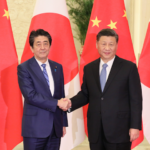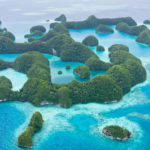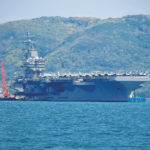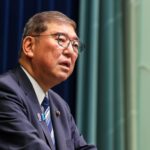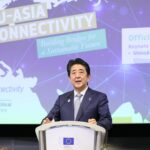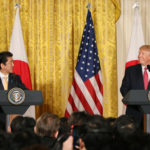On December 16, 2022, the Japanese government revised three security documents, the “National Security Strategy,” “National Defense Strategy” and “National Defense Program,” by way of a cabinet decision. The government stated that the main thrust of the revisions was twofold: to establish a two-tiered system using existing Aegis ships and the PATRIOT Advanced Capability-3 (PAC-3) system to intercept enemy ballistic missile strikes, and to gain “counterattack capabilities” to strike at missile launch sites and other targets. With China and its ongoing expansion of military power and intimidation and North Korea with its continued missile launches in mind, these revisions are designed to beef up Japan’s national defense, and at the same time maintain the regional power balance and establish a deterrence that will discourage enemies from attacking. From fiscal 2023 to fiscal 2027 defense spending will account for 2% of GDP, securing a budget amounting to around 43 trillion yen, roughly 1.5 times current levels.
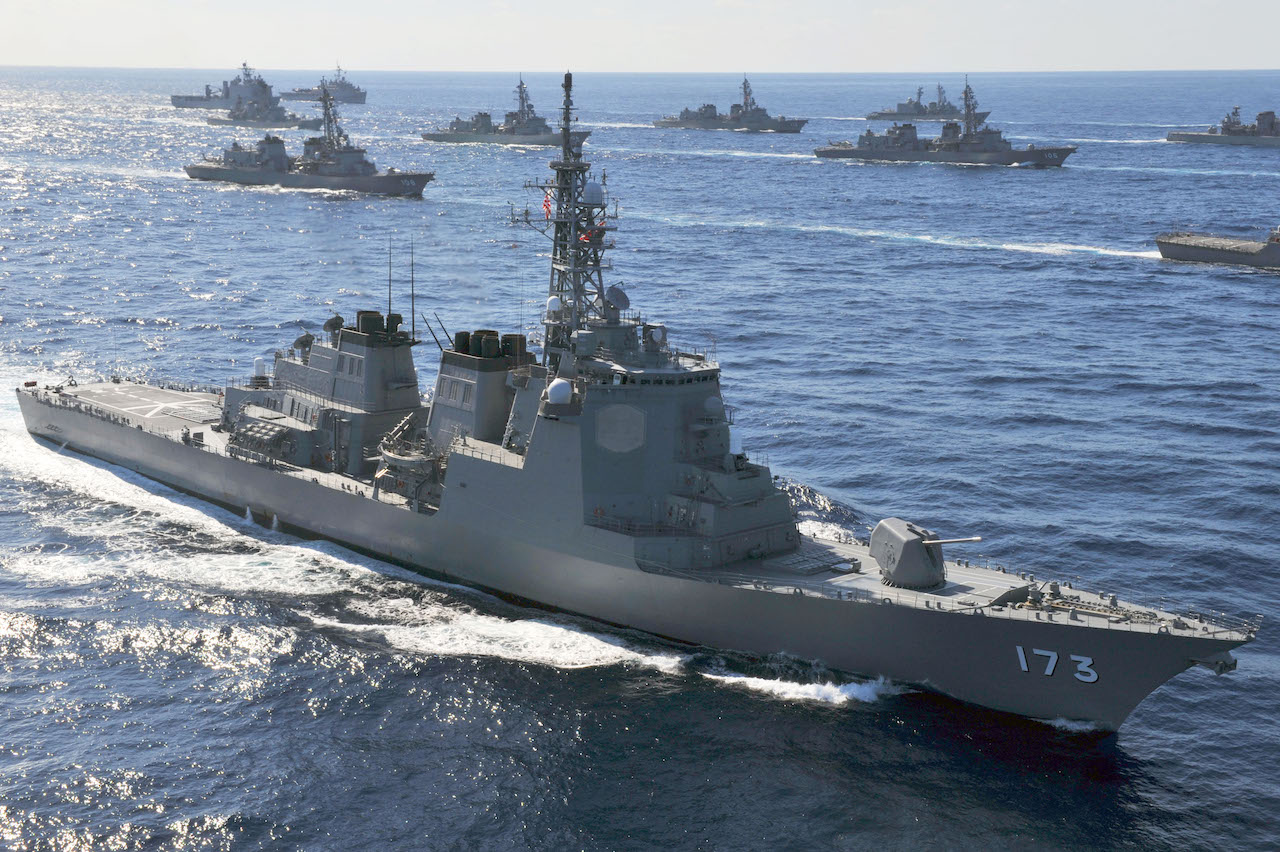
Kongo-class guided-missile destroyer, equipped with the Aegis Combat System Photo: Japan Maritime Self-Defense Force (JMSDF)
For fiscal 2023, the first year of the plan, the proposed budget for the Ministry of Defense is expected to be around 6.8 trillion yen, an increase of 1.4 trillion yen over the previous fiscal year. The budget includes the acquisition of US-made Tomahawk cruise missiles as “standoff missiles” (211.3 billion yen) and the mass production of domestically produced Type 12 Surface-to-Ship Missiles (93.9 billion yen), as well as maintenance costs for Aegis system-equipped vessels (ASEV) that will be newly constructed (220.8 billion yen). The budget also incorporates “active cyber defense” to prevent attackers from entering or doing damage to servers during a major cyber attack.
Prime Minister Kishida Fumio, speaking at a press conference after the cabinet decision, explained the rationale for Japan’s possessing “counterattack capabilities.” He first pointed out that with the recent shifting in the power balance, the international community has developed into a complex interplay of harmony and division, or cooperation and conflict, and cited the Russian invasion of Ukraine as a prime example of this division. Kishida went on to explain that “in the countries and regions surrounding our country, such moves as the strengthening of nuclear and missile capabilities, rapid military buildup, and attempts to unilaterally change the status quo through force have become even more pronounced.” With regard to the increase in defense spending, Kishida noted that NATO and other nations spend on defense commensurate with their economic strength in order to maintain the security environment, and that “we will accelerate our efforts toward fiscal 2027 in cooperation with these allies and like-minded nations.”
That same day, Defense Minister Hamada Yasukazu announced that the 43 trillion yen will enable Japan to “fundamentally strengthen our defense capabilities and fulfill the mission of defending the country,” while also noting that “the fact is that we also have a huge responsibility and must continue to make every effort to obtain the understanding and cooperation of the Japanese people.”
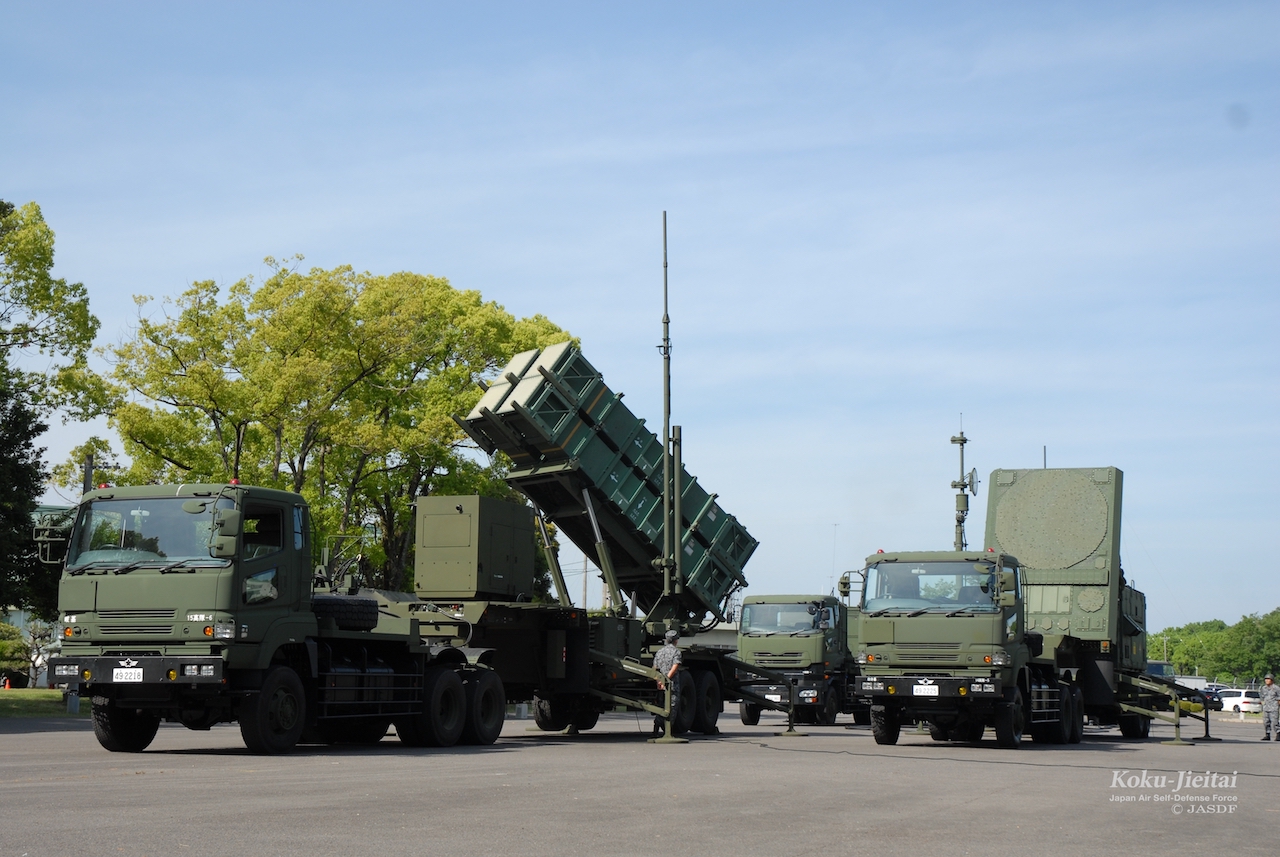
PAC-3 surface-to-air missile system Photo: Japan Air Self-Defense Force (JASDF)
Public opinion favoring a shift in defense policy
Public opinion largely supports the shift in defense policy to gain counterattack capabilities. An NHK opinion poll showed 55% in favor (31% opposed), while the Mainichi shimbun (59% / 27% against) and Asahi shimbun (56% / 38%) newspapers produced similar results. Regarding the 43 trillion-yen defense buildup budget, NHK reported 51% in favor (36% opposed), with the Mainichi shimbun and Asahi shimbun reporting 48% (41% opposed) and 46% (48% opposed), respectively.
Behind this favorable public opinion is the seriousness of the threats posed by neighboring countries and security concerns pointed out by Prime Minister Kishida.
One of these threats is Russia in the wake of its invasion of Ukraine. When Japan joined with other Western nations to impose sanctions on Russia for its invasion, Russia cut off Northern Territories talks, designated Japan an unfriendly country, and has since engaged in repeated joint military exercises with China near Japan. Russia is a dictatorship ruled by Putin, and the Japanese see it as a dangerous nuclear power.
An even more direct threat than Russia is China, which has continued to expand its military capabilities and ratchet up intimidation tactics in the East China Sea and elsewhere. On the pretext that the Japanese government nationalized the Senkaku Islands on September 11, 2012, since September 14 of that year China Coast Guard (CCG) ships have made repeated incursions into the contiguous zone and intrusions into the territorial waters around the Senkaku Islands. Although the Japan Coast Guard (JCG) has the job of responding to these incursions, the CCG ships are equipped with large equipment and the difficulty of responding at an alert level has been pointed out. This latest National Security Strategy specified that the JCG will ensure the security of Japan’s territory including the area around the Senkaku Islands, and that it will continually strengthen coordination and cooperation with the Self-Defense Forces in order to effectively respond to multiple major incidents.
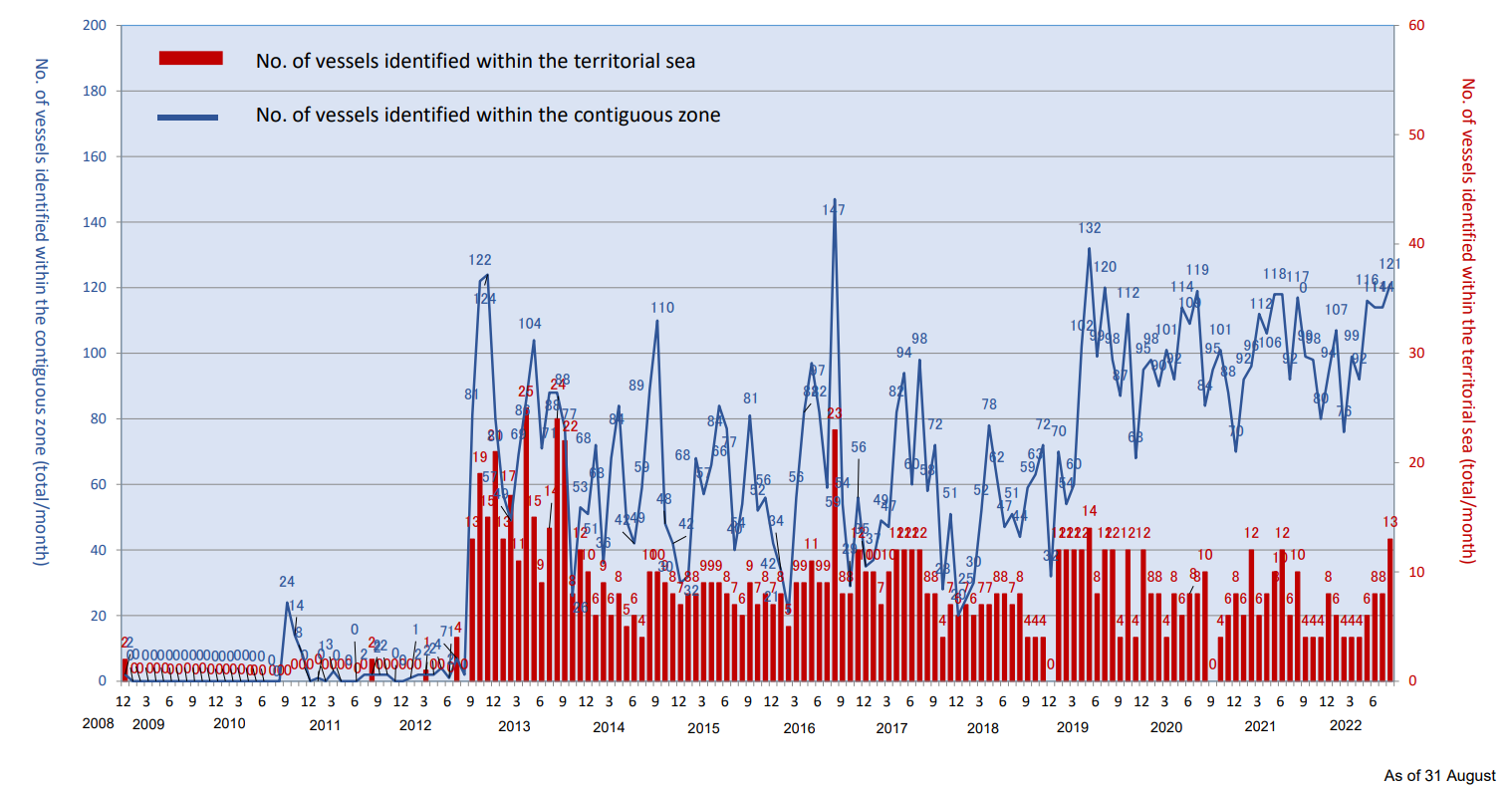
Number of vessels identified within the territorial sea (red) and contiguous zone (blue), as of 31 August 2022
Meanwhile North Korea has continued to conduct missile tests with missiles passing over Japan or landing within Japan’s EEZ at an unprecedented frequency.
In fact, according to an NHK opinion poll conducted in August 2022, 80% of respondents indicated that the nuclear threat is “increasing” (very much increasing: 34%, somewhat increasing: 46%), while 82% of respondents felt that this impacts Japan’s security environment (greatly impacts: 40%, somewhat impacts: 42%), suggesting a growing sense of crisis.
Overseas Response
The main overseas responses to the Japanese government’s cabinet decision were as follows.
On the day the cabinet decision was announced, US President Biden posted a tweet welcoming the movie, writing that “The United States stands with Japan at this critical moment. Our alliance is the cornerstone of a free and open Indo-Pacific and we welcome Japan’s contributions to peace and prosperity,” while US Ambassador to Japan Rahm Emanuel offered a similar assessment: “Today, Prime Minister Kishida ushered in a new era in the defense of democracy. Along with the decision to increase defense spending to 43 trillion yen, the Prime Minister is making a clear, unambiguous strategic statement about Japan’s role as a security provider in the Indo-Pacific.”
Biden’s welcome response is understandable, considering that Russia has become increasingly reckless in its selection of targets during the invasion of Ukraine, shifting from military installations to social infrastructure, civilian facilities and civilians, placing the US in a position that requires constant monitoring of the situation.
The Ministry of Foreign Affairs of Taiwan reacted by saying that “The contents of the three documents fully express Japan’s high interest in Taiwan, the Taiwan Strait situation, and the peace and stability of the international community,” adding that Taiwan “recognizes and welcomes Japan’s clearly demonstrating the unwavering position of the democratic camp.” On December 28, Liberal Democratic Party lawmakers belonging to the Abe faction visited Taiwan, affirming cooperation in the field of security with China at the forefront of their minds. It was not until the formation of the second Abe Shinzo administration at the end of 2012 that Japan took action such as forming a National Security Council and increasing its defense budget in response to the military buildup of other countries around Japan and the changing security environment.
The Spokesperson of the Chinese Ministry of Foreign Affairs also opposed this visit and pushed back strongly at the prospect of Japan possessing counterattack capabilities, saying, “The Japanese side should stop making provocations and stirring up trouble on maritime issues for selfish geopolitical interests. […] Hyping up the ‘China threat’ to find an excuse for its military build-up is doomed to fail.”
According to the Ministry of Defense, a total of six warships, including the Chinese navy’s aircraft carrier Liaoning, sailed from the East China Sea to the waters south of the main island of Okinawa and passed into the Pacific Ocean on December 16. From the following day on December 17 to December 27, a group of six naval vessels including the Liaoning sailed around the waters of Okinawa Prefecture, repeatedly performing fighter jet and helicopter takeoffs and landings more than 260 times. These intimidation tactics were reminiscent of the Chinese military exercises conducted around Taiwan during US House Speaker Pelosi’s visit to Taiwan in August 2022.
South Korea, which came under new leadership in May 2022, limited its remarks to what could be considered restrained and ambiguous, such as noting the need for close discussions in advance when the Korean Peninsula is involved, but North Korea expressed its displeasure and indicated a willingness to continue with countermeasures such as missile launches, saying that it would “continue to demonstrate this through actual action.”
Russia was critical, claiming that Japan’s actions were a clear rejection of repeated proclamations of peace by successive generations of politicians and marked a return to unrestrained militarism.
The strengthening of defense capabilities to back up diplomatic power
If an enemy nation were to launch a missile at Japan, Japan would intercept it and counterattack.
The three security documents are a clear statement of this intent, do not deviate from the principles of exclusive self-defense and pacifism, and in the eyes of the international community, the response is seen as entirely normal. Until now, Japan enjoyed a long-lasting era of needing only to maintain the Japan-US Alliance, and as a result Japan did not need to be normal, in a sense. As noted earlier, with changes occurring in the Japanese security environment and with the US said to be losing relative power, former Prime Minister Abe began developing Japan’s security system and advocated for a free and open Indo-Pacific (FOIP) and the Quad.
This time, Japan’s deciding to possess counterattack capabilities may bring new ideas and cooperation to regional security frameworks such as FOIP, the Quad and even AUKUS, giving rise to a variety of discussions.
Possessing counterattack capabilities could also enable Japan to play a more active role on the diplomatic front. At the press conference mentioned earlier, Prime Minister Kishida spoke about further strengthening active diplomacy to promote multilateral cooperation based on the Japan-US Alliance. It goes without saying that strengthening defensive capabilities will underpin diplomacy and build Japan’s persuasiveness in foreign affairs.
For Japan in the future, sharing values and coherent mutual cooperation with related countries such as the Japan-US alliance, FOIP, Quad, and Aukus will be of utmost importance.
The time has come for Japan to take its first step as a peaceful nation by making contributions to its own defense and regional security.
SANO Kentaro is a freelance journalist.

